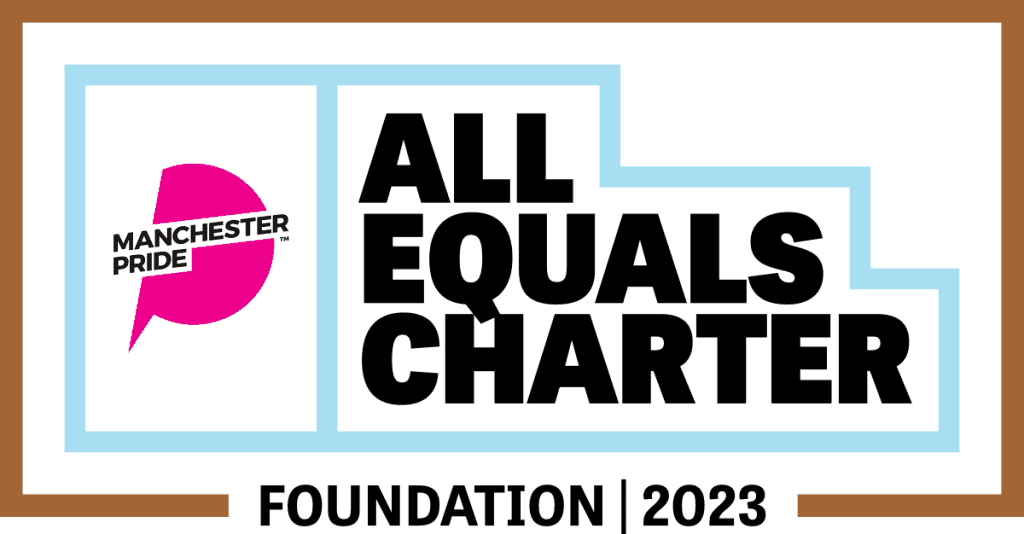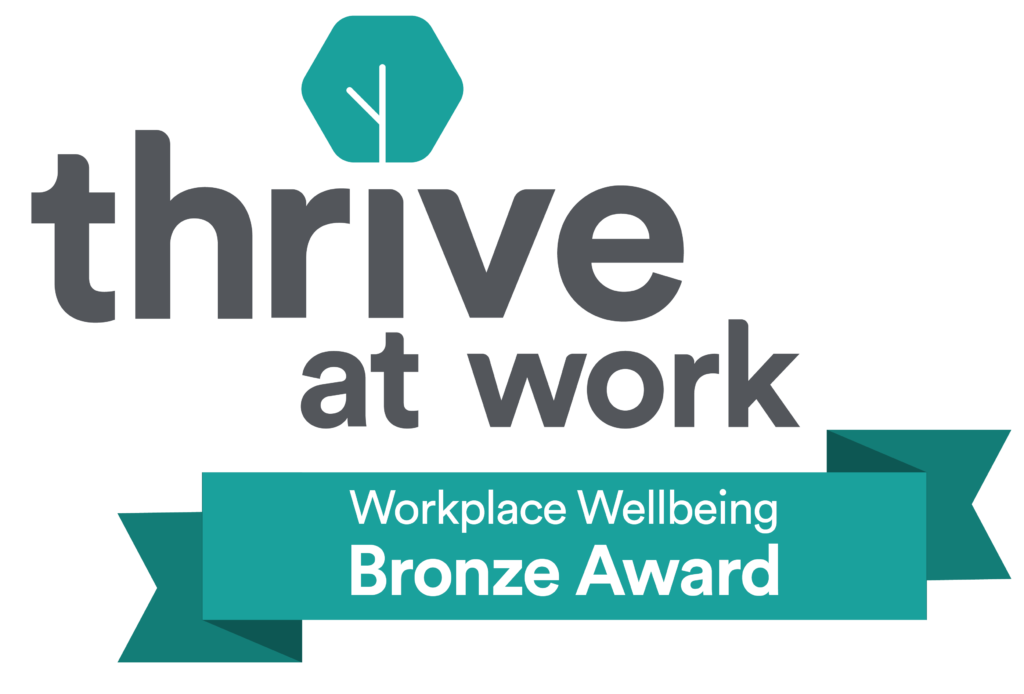Wed 23 Aug 2023
Here’s what funders can do to support infrastructure charities.
There’s a fashion for supporting work that’s ‘front-line’ or ‘on the ground’, especially from funders but also the donating public and politicians. Which is understandable – that’s where the need seems most urgent and perceptible. But we’re making a big mistake if we assume that ‘front-line’ work just happens, or happens well, all on its own.
Infrastructure support isn’t sexy, but it’s critical
Operational charities need support. They need help with lots of things they can’t necessarily figure out themselves. Sometimes this is specialist but often it’s for things that might not sound that interesting on the surface but are critical to making the difference – financial management, governance, fundraising, managing staff and volunteers, navigating regulation. In the sector jargon, this is often provided by ‘infrastructure’ or ‘second-tier’ organisations.
This sort of work is often extremely practical and not that ‘new’ – yet that’s precisely why it matters. For example, teaching someone how to take accurate minutes of a meeting or how to craft an effective agenda can make all the difference between a board meeting that achieves its purpose efficiently and one that drags on for hours without reaching any action, exhausting the trustees.
When a fundraiser learns how to summarise the key outcomes and impacts of their proposed project in a grant application, that not only makes them more likely to succeed, it has a multiplying effect of increasing the efficiency of all the applications they will make over their career.
Have you ever heard of someone providing a donation for ‘good financial management’? How about for ‘compliance with regulation?’ Probably not. But if those things go wrong, so does the ‘front line’. Where does that capacity come from, then? For smaller organisations in particular, keeping it in-house just isn’t possible or doesn’t make economic sense. So they need to get it from somewhere else.
There are trade-offs to an income generation approach
At DSC we’ve been providing a huge range of this kind of support for nearly half a century. Our model has been to charge organisations for what they need, so we can continue to provide the products and services longer-term. We aggregate the demand from lots of organisations, charge them no more than what we think the market will bear and what the content is worth, and try to make the provision pay for itself. Even so, in lots of cases it still doesn’t!
There are upsides and downsides to this approach. It enables us to be independent and to be responsive to what charities need most. But lots of organisations can’t afford much, and they have to prioritise. Those that can’t pay might even need the help even more than those that can. And when income is squeezed and costs rise, this spending is among the first to go.
Data shows a decline in infrastructure organisations
There was rightly consternation recently as first the Small Charities Coalition and then the Foundation for Social Improvement went under. Both organisations supported smaller charities which are typically less likely to be able to pay for support. But their collapse shouldn’t have come as a surprise.
Research from 360 Giving shows that the number of both national and local infrastructure organisations has decreased since 2011, whilst the wider population of charities they support has grown. At the same time, the spending of infrastructure organisations has also flatlined whilst that of the wider population has grown. Some of this is down to mergers and some of it is down to closures, but the effect is that infrastructure support is now more stretched and less available than a decade ago.
Many national organisations that used to support charities and community groups with policy, advice, training and capacity building have disappeared or merged. Local infrastructure organisations may have had to merge to cover larger areas. Most worryingly, the 360 Giving research finds that many specialist infrastructure organisations serving black and minoritised groups have also disappeared over the past decade.
The loss of SCC and the FSI isn’t the start of this story – it’s just the latest chapter. They were preceded by Urban Forum, Charity Evaluation Services, the Community Development Foundation and many others.
Funders need to think about the needs of the whole sector but also what they rely upon
Strikingly, the 360 Giving research finds that charitable foundations provide just 8% of infrastructure organisations’ funding. I think they should consider what will be lost if the decline in infrastructure organisations continues, and why it’s not even in their own self-interest to ignore the problem. Infrastructure organisations help support many things that funders rely on without necessarily realising it:
1. Charity reports and accounts. Many grant-makers rely on these almost as a rubber-stamp of an organisation’s financial and regulatory health. But producing them and doing it well is knowledge and resource-intensive. If the quality of reporting declines, it’s not just a problem for the Charity Commission, it’s a problem for the whole sector – including funders.
2. Functioning governance. We often hear the lament that charities need better governance and that it’s getting more challenging to recruit trustees. But who pays for it? Recruiting, training and supporting individual trustees has a cost, and collectively boards need to be equipped with the tools to make good decisions. DSC has produced the free-to-use Governance App with help from some excellent funders, but more funders need to do more to support good governance.
3. Exit strategies. If funders don’t want to fund organisations long-term (which let’s face it most don’t) where does the charity get the fundraising and business development skills to help it continue after funding stops? Without that development, the time-limited investment might forego long-term impact.
4. Charity independence and voice. Grant-making foundations often place a value on their own independence and freedom to innovate or prioritise needs the state won’t. The same goes for operational charities. Especially now, we need to amplify the voice of organisations that are dealing with multiple social crises to speak up for beneficiaries. Charities need people who can explain complex policy developments and advocate on behalf of memberships or particular cause areas. Yet getting funding to support such work is nearly impossible.
So what can funders do? Here are just a few ideas:
1. Fund infrastructure organisations to provide support in key areas. Across the areas discussed above – financial management, governance, fundraising, advocacy etc – there’s substantial need but often low capacity or finances to pay for help. Funders should develop programmes that second-tier organisations could apply for, especially to support smaller organisations.
2. Fund infrastructure organisations to support underserved groups. There’s an emerging crisis of equity and access for foundations and their funding. The loss of infrastructure organisations supporting minoritised communities described in the 360 Giving research should be a wake-up call. Funders could develop programmes for communities or types of organisations that are under-served and the infrastructure organisations that support them.
3. Think about adding a development premium on top of your grant. Organisations will always struggle to invest in themselves. If grant-makers allocate an extra 5 or 10% on top of the grant award and mandate that it be for training staff or trustees, that opens up development possibilities and also potentially helps secure the impact of the whole grant.
4. Keep commissioned work in the sector. For god’s sake, funders: stop using private sector companies for grants evaluation, strategic planning and research. There are loads of infrastructure charities that can do this for you in a high-quality, cost-efficient way (including DSC!). They understand the issues you are dealing with and speak your language. Keep your funding in the sector, don’t buy the spin that the private sector can do it better!
Article from Directory of Social Change. The original article can be found here.





